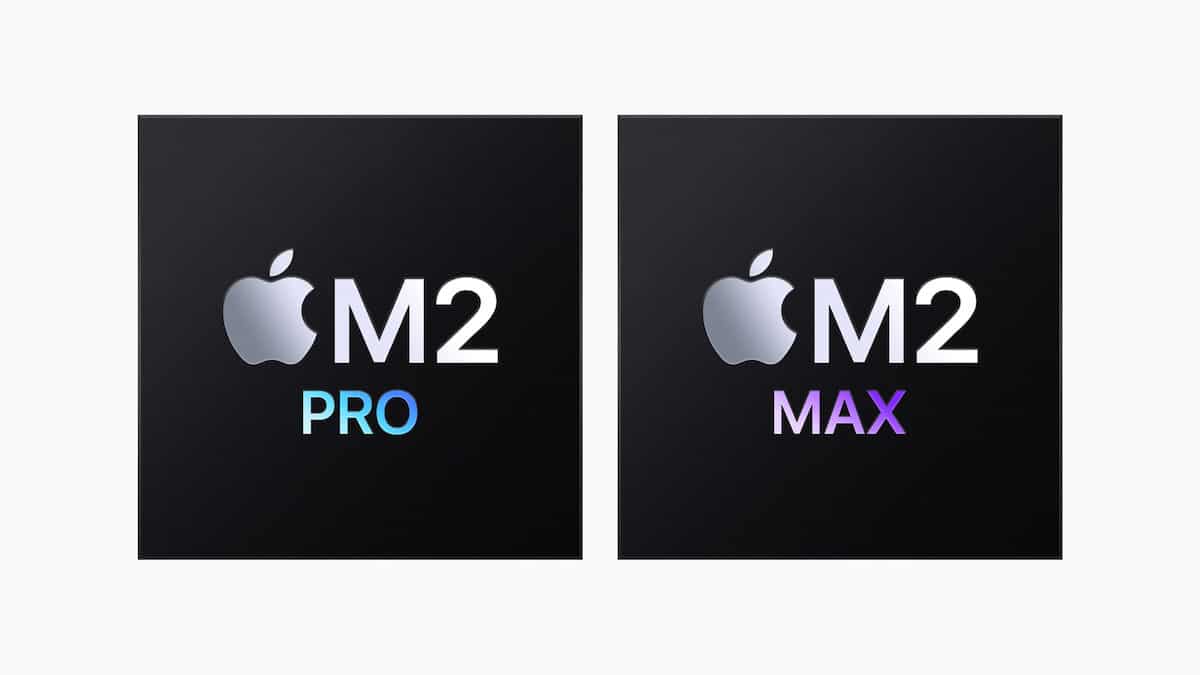Apple unveiled the second and third chips of the M2 series, the M2 Pro and M2 Max in the new 2023 Mac Book Pro last year. Built on a 5nm process, the next-generation M2 Pro and Max feature more CPU and GPU cores and unified memory.
To find out the performance of the new CPU, GPU, memory, and other specs of the M2 Max, Creative Strategies put the new Apple Silicon through multiple tests which revealed an increase in overall performance: efficiency cores, performance cores, and GPU cores.

For the first time, M2 Max high-performance cores achieve zero-state to prolong battery life
One of the greatest achievements for semiconductor manufacturers is fitting billions of transistors at a nanoscale, and Apple’s design team led by Johny Srouji has developed the M2 Max has 67 billion transistors with two more performance and 2 more efficiency cores than the M1 Max to enhance performance-per-watt by 2x.

After five days of testing the new 16″ Macbook Pro with M2 Max, Creative Strategies found that Apple has made the following changes in the new chip:
- High-performance cores are more efficient which reached zero state during basic tasks like web browsing, video streaming, editing, emails, and others to draw less power.
The high-performance cores during the performance benchmark both reach a higher frequency of ~3.5 GHz and drop to a zero state whereas the M1 Max performance cores do not throttle as high or as low. This appears to be the first time Apple M-series silicon was designed to have the high-performance cores reach a zero state.
- Efficiency cores of M2 Max are more performant which operate at a higher frequency than M1 Max.
During a GeekBench CPU benchmark, the efficiency cores throttled to ~2.5 GHz on M2 Max. While M1 Max, during the same workload, the efficiency cores throttled to ~2.0 GHz.

These improvements in the new chip’s architecture are the reason behind the additional battery life in the new 14-inch and 16-inch MacBook Pro models.
While battery life is always difficult to truly test, my default is simply how many hours can I use my Mac during the day without plugging it in. Obviously, the amount of battery life largely depends on the tasks you do on a daily basis but with what I consider average workloads, this M2 Max got 12.5 hours of screen on usage. That’s about two hours better of screen on usage than my M1 Max doing the same kinds of daily workloads.
Furthermore, exporting a 4K video revealed that M2 Max offers better thermal management and utilization than the M1 Max. Based on the performance stats, the reviewer concluded that M2 series chips do not deliver a major improvement over the M1 series but they blow the Intel-based Macs out of the park.
While current Geekbench multi-core tests conclude M2 Max multi-core CPU is ~20% faster than M1 Max the more eye-opening number is that M2 Max’s Geekbench multi-core CPU score is 123% faster than the last MacBook Pros to run Intel chips and 82% faster in single-core applications. With the lineup of Apple Silicon what it is, it’s even more enticing for the base of Macs still on the Intel platform to upgrade to Apple Silicon.
The report also mentions that the M2 Pro chip was not tested but it is likely to give the same performance-per-watt efficiencies as the M2 Max because of the next-generation CPU and GPU.
The first round of reviews of the 2023 MacBook Pro and Mac mini are out, and new Macs have received much praise for their enhanced performance and efficiency.
Read More:

